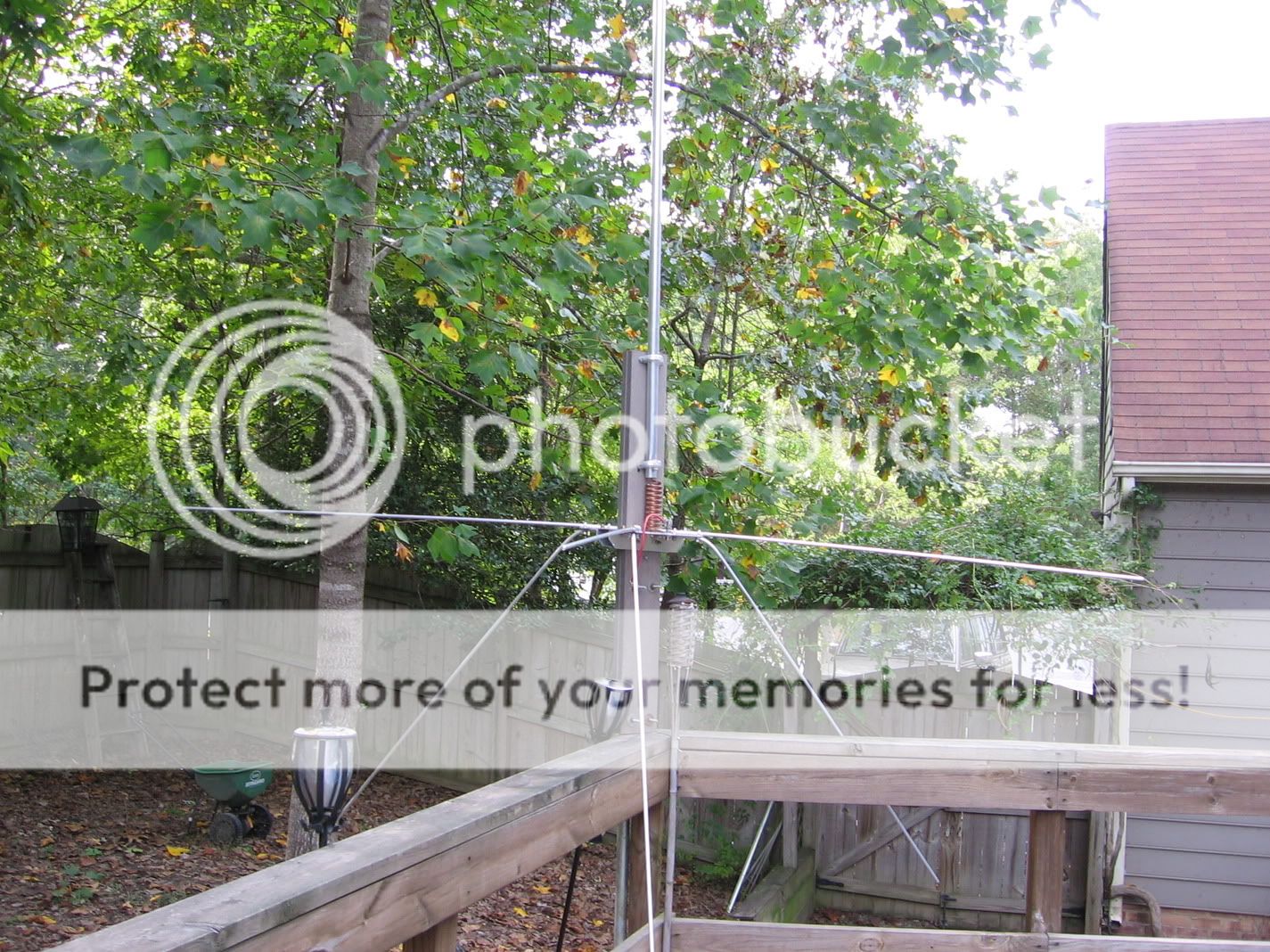B
BOOTY MONSTER
Guest
trying to get a idea on the options i can use for insulating between the rod and tube on a gamma match . i know it has to be non-conductive to RF . the only way i can check that is doing the microwave trick . not the best way , but from what i understand is a good enough indicator for home-brewing .
ATM im thinking heat shrink tubing would be a easier way to keep the layering consistent on the rod compared to wrapping it in teflon plumbers tape . plus the friction from it shrinking should hold it in place compared to having to tape or glue the teflon tape to keep it on . im gonna use 3/8 inch diameter solid aluminum rod and 1/2 inch inside diameter aluminum tube . 200 watts is the most i PEP (if i hit a small lottery i would bump up to an AL-80B...LOL) . i also want to use heat shrink over the shoulder where the rod exits out the top of the tube to keep moisture from running in , as well as on a few other sections .
is the heat shrink tubing a decent material for this use ? or will it cause issues ?
what would you suggest instead ?
ATM im thinking heat shrink tubing would be a easier way to keep the layering consistent on the rod compared to wrapping it in teflon plumbers tape . plus the friction from it shrinking should hold it in place compared to having to tape or glue the teflon tape to keep it on . im gonna use 3/8 inch diameter solid aluminum rod and 1/2 inch inside diameter aluminum tube . 200 watts is the most i PEP (if i hit a small lottery i would bump up to an AL-80B...LOL) . i also want to use heat shrink over the shoulder where the rod exits out the top of the tube to keep moisture from running in , as well as on a few other sections .
is the heat shrink tubing a decent material for this use ? or will it cause issues ?
what would you suggest instead ?

